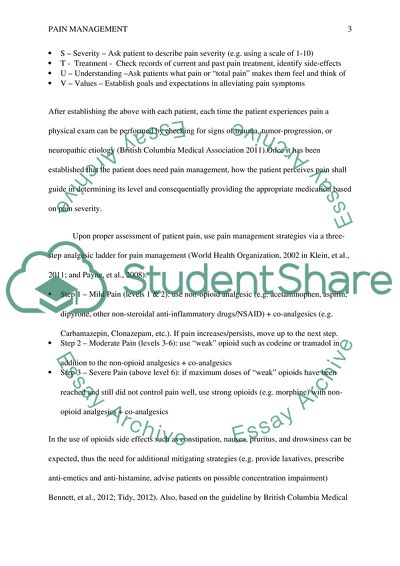Educational Handout to nurses: Pain management on palliative patients Essay. https://studentshare.org/nursing/1811472-pain-management-in-palliative-care
Educational Handout to Nurses: Pain Management on Palliative Patients Essay. https://studentshare.org/nursing/1811472-pain-management-in-palliative-care.


